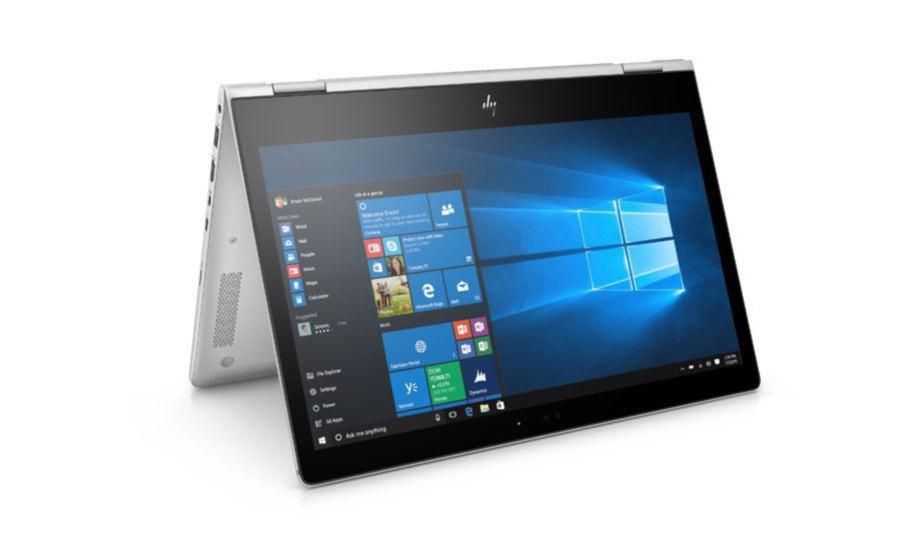10 SEBAB KENAPA KOMPUTER ‘HANG’
Kemungkinan selepas setahun kita menggunakan komputer, kita akan dapati terdapat beberapa perubahan yang ketara terhadap prestasi komputer kita misalnya selalu ‘hang’ ataupun operasi yang semakin lambat. Jika kita pengguna yang hardcore pula, masalah ini pasti berlaku lebih awal lagi. Berikut disenaraikan sepuluh perkara yang dirasakan menjadi punca kepada terjejasnya prestasi komputer kita.

1. MIKROPEMPROSES MENGALAMI KEPANASAN MELAMPAU.
Kepanasan melampau ini terjadi apabila motor kipas yang menjadi penyejuk kepada mikropemproses tidak dapat berfungsi dengan baik. Ini disebabkan habuk yang terdapat di sekeliling kipas yang menyekat putaran kipas tersebut. Selain daripada itu, mungkin bearing kipas menjadi longgar yang menyebabkan gegaran berlaku pada mikropemproses. Kesannya ialah mikropemproses tidak dapat bekerja dengan baik.
2. MASALAH RAM
Terdapat juga RAM yang dari jenis murah yang tidak memenuhi spesifikasi serta mempunyai masalah komposisi cip-cip yang siap terbina. Akibat dari masalah ini, ialah RAM mudah mengalami kepanasan melampau yang menjejaskan keupayaan komputer. Selain daripada itu, masalah ëBlue Screení juga akan lebih kerap berlaku.
3. CAKERA KERAS
Bagi cakera keras pula, masalah-masalah yang menyebabkan terjejasnya prestasi komputer ialah seperti bertambahnya sektor-sektor rosak (bad sector) ketika melakukan proses chkdsk dan scandisk, kerosakan dalaman (intermittent) yang mengakibatkan kegagalan proses boot dan capaian putaran per masa yang rendah yang mungkin tidak sesuai dengan spesifikasi komputer yang digunakan.

4. KONFIGURASI BIOS
Pengguna komputer seharusnya tidak terlalu bergantung kepada konfigurasi BIOS ‘kilang’ sebaliknya perlu mengetahui konfigurasi sistem yang optimum. Ini adalah kerana konfigurasi BIOS yang tidak tepat turut mempengaruhi keupayaan komputer.
5. PENGAWAL CAKERA
Kabel pengawal yang digunakan perlu menepati spesifikasi pengawal cakera yang dipasang. Begitu juga dengan papan ibu (motherboard) yang harus mampu menyokong pengawal cakera. Sebagai contoh pengawal cakera UDMA-66 memerlukan kad khusus untuk dipasang pada papan ibu yang hanya menyokong pengawal cakera UDMA-33. Jika tidak dipasang, ia pasti akan mengundang masalah kepada prestasi komputer.
6. SISTEM OPERASI
Sistem operasi seperti Windows XP dan Windows 2000 biasanya mempunyai banyak servis yang dijalankan. Servis-servis yang dijalankan jika terlampau banyak akan merencatkan prestasi komputer. Servis yang jarang diguna sepatutnya diberhentikan kerana ia banyak menggunakan sumber tenaga komputer.

7. PROSES DAN APLIKASI
Proses dan Aplikasi (.exe) yang terlampau banyak digunakan akan menyebabkan komputer menjadi perlahan. Untuk melihat proses dan aplikasi yang sedang dilarikan, pengguna bolehlah klik pada bahagian Windows Task Manager.
8. FRAGMENTASI CAKERA
Fragmentasi cakera berlaku apabila terlalu kerap fail-fail disimpan, dipadam dan ditukar. Ini menyebabkan kandungan fail bertaburan didalam sektor. Fragmentasi juga berlaku apabila kandungan cakera penuh. Seharusnya ruang kosong sebanyak 20% sehingga 25% perlu disediakan bagi mengurangkan masalah fragmentasi ini.
9. APLIKASI LATAR BELAKANG
Ramai pengguna yang suka melarikan aplikasi latar belakang secara automatik selepas proses boot ataupun permulaan sistem operasi. Aplikasi yang terlalu banyak dilarikan pada satu-satu masa akan menyebabkan komputer menjadi perlahan dan adakalanya menyebabkan ‘hang’. Aplikasi-aplikasi yang digunakan ini boleh dilihat pada folder Startup.
10.SISTEM FAIL
Dalam sistem operasi Windows terutamanya NT dan 2000, pemilihan sistem fail iaitu NTFS dan FAT adalah sangat penting. Ini adalah kerana sistem fail ini merujuk kepada saiz dan bilangan kelompok dalam sesuatu cakera. Saiz kelompok yang besar akan meningkatkan prestasi komputer. Kebiasaanya, sistem fail NTFS mempunyai saiz kelompok yang lebih besar berbanding FAT.
Namun, antara semua masalah yang ada ini dapat di atasi dengan cara anda lakukakan penyelenggaraan kerap terhadap komputer anda. Penyelenggaraan anda boleh lakukan samada menggunakan apa-apa software yang berkaitan atau anda boleh hantarkan kepada kami untuk lakukkan penyelenggaraan.
Akan datang saya akan kongsikan tips dan cara bagaimana untuk lakukan penyekenggaraan sendiri. Ya! anda boleh lakukan penyelenggaraan asas komputer anda. Hanya sedikit teknik dan keberanian..hehe..
Nantikan post saya yang akan datang..
Follow kami di blog kami, website kami atau di FB page kami.. www.fb.com/marzcomputertrading






